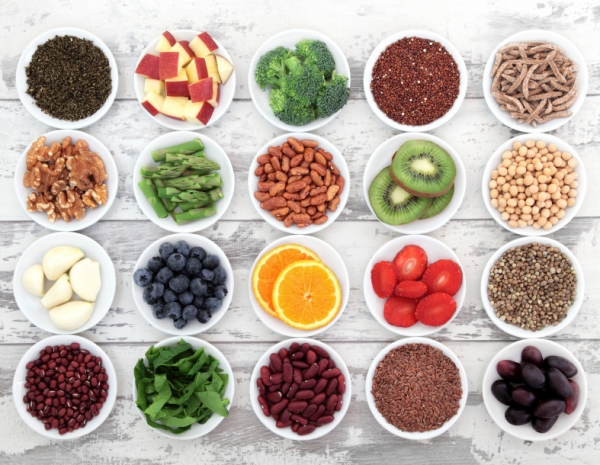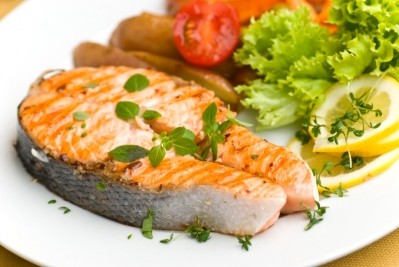Kids with poor diets score poorly on cognitive tests: Finnish researchers

The researchers from the University of Eastern Finland, Kuopio University Hospital and the Kuopio Research Institute of Exercise Medicine in Finland tested 428 children aged six to eight years to assess the association between scores on Dietary Approaches to Stop Hypertension (DASH) and the Baltic Sea Diet Score (BSDS) with scores on a cognitive test.
The results showed that among all children, diet quality was “directly associated” with the brain test score – a relationship far stronger in boys than girls.
Within this boys with the lowest consumption of fruit and high-fibre grain products had lower cognitive test scores than other boys.
“Adequate nutrition is the foundation of normal physical and cognitive development in children. Undernourishment and low availability of nutritionally adequate and safe foods have been found to decrease cognitive functions in children,” they wrote in the British Journal of Nutrition.
“Nevertheless, abundance of foods containing lots of sucrose and saturated fat has been linked to cognitive decline in adults. In fact, unhealthy food choices may be a more important determinant of decreased cognition than undernourishment among children in developed countries, including Finland.”
With DASH and BSDS as a reference, the study highlighted the importance of a diet high in vitamin-, polyphenol- and flavonoid-rich fruit, berries, vegetables and fish and low in red meat and sausages in the normal development of cognition in children.
BSDS measured intakes of fruit and berries, vegetables (legumes included, potatoes excluded), high-fibre grain products, low-fat milk, fish, red meat and sausage, the ratio of polyunsaturated fatty acids (PUFAs) to saturated fatty acids (SFA) and total fat.
DASH measured intakes of fruit and fruit juices, vegetables (potatoes excluded), high-fibre grain products, low-fat milk and sour milk products, red meat and sausage, sugar-sweetened beverages and sodium.
The two diet scores overall had stronger direct associations with cognition than any of their components alone, suggesting the diet as a whole was a better predictor of cognition than single foods or nutrients.
The researchers said it was unclear why the association was stronger for girls, although past research had suggested male brains were more vulnerable to stress than females' and that boys’ cognitive development benefited more from dietary intervention during infancy.
“Moreover, nutrient-enriched formula during infancy had been associated with increased caudate nucleus volumes at the age of 15 years in boys but not in girls. Frontal and parietal cortices of the brain reach their peak thickness one year later in boys than in girls.
“It is, therefore, possible that the later maturation of male brains could partly explain the stronger association of dietary factors with cognition in boys than in girls in the present study sample.”
Overall the boys had a lower DASH score and slightly lower BSDS, consumed more red meat and sausages and had a higher sodium intake than the girls.
“A higher consumption of red meat and sausages and a lower consumption of fish may be harmful for cognition in children,” they wrote.
The cognitive test used - Raven’s Coloured Progressive Matrices – assessed the children’s ability to find similarities, differences and discrete patterns and did not depend on acquired knowledge or language skills.
Source: British Journal of Nutrition
Published online ahead of print, doi:10.1017/S0007114515001634
“Associations of diet quality with cognition in children – the Physical Activity and Nutrition in Children Study”
Authors: E. A. Haapala, A. Eloranta, T. Venalainen, U. Schwab, V. Lindi and T. A. Lakka
























